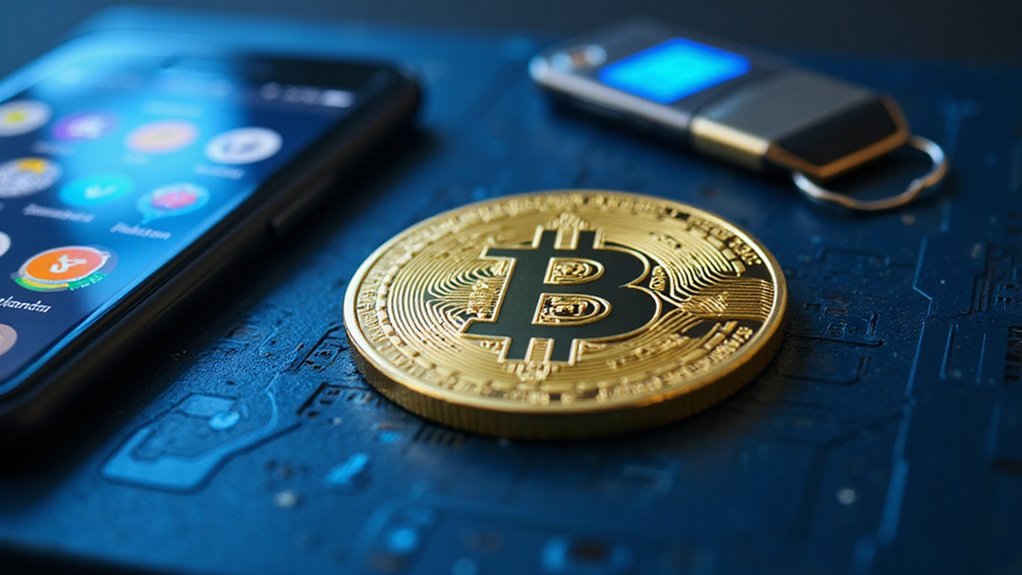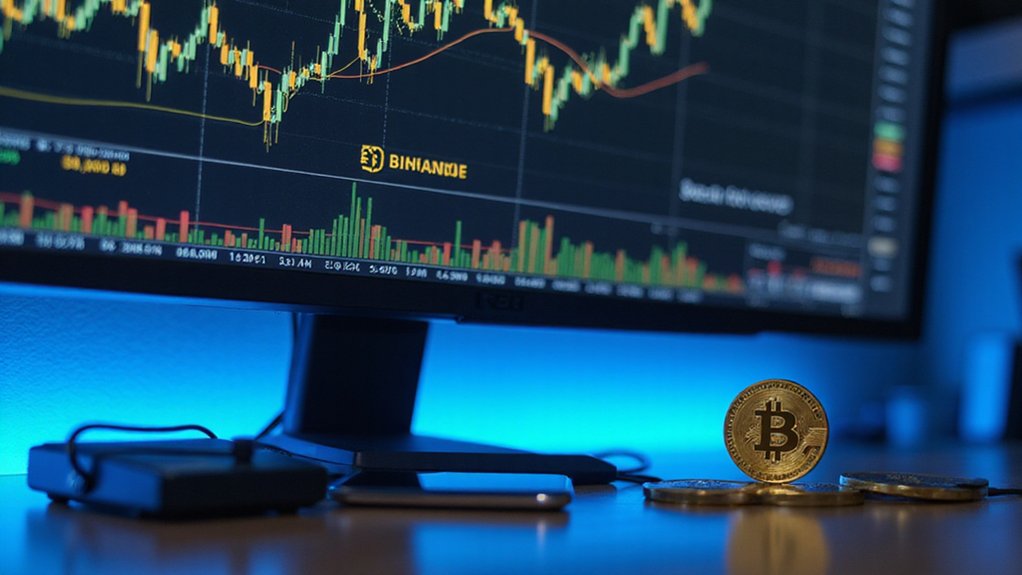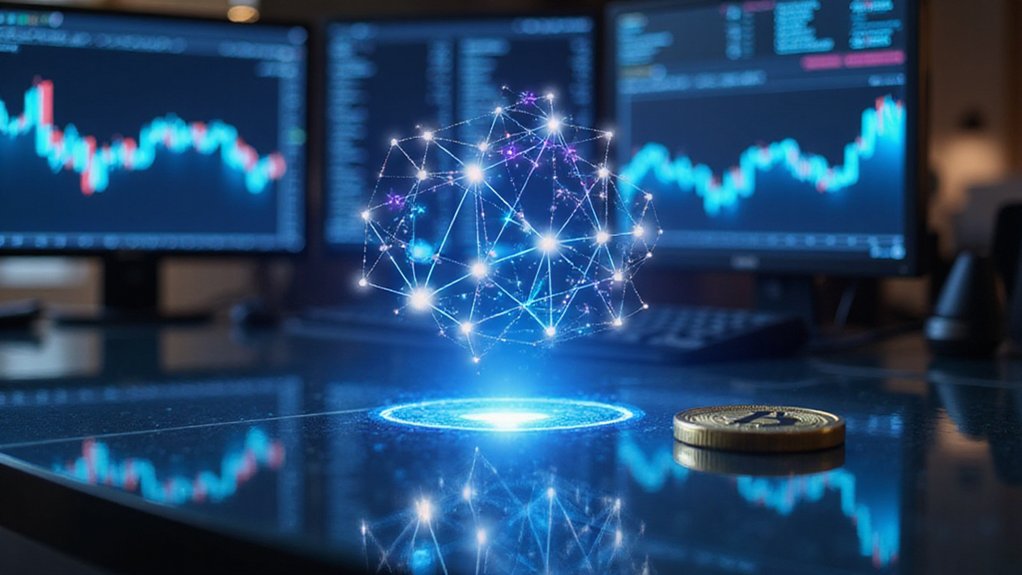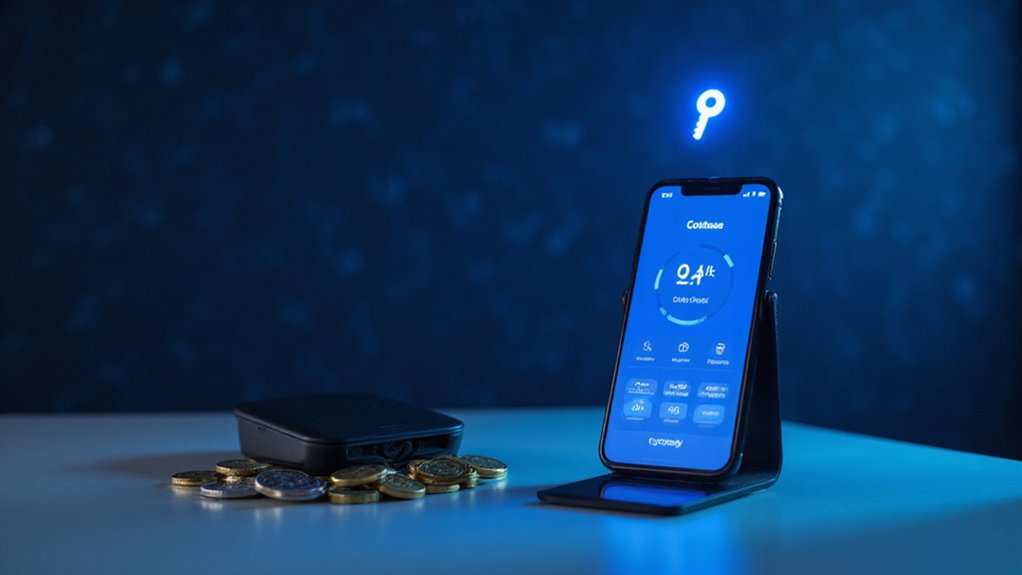A token functions as a versatile unit representing value, access, or computation across multiple domains. In programming, it’s the atomic element of code during lexical analysis; in networking, it enables orderly transmission privileges; in security frameworks, it authenticates identities beyond traditional passwords. Blockchain systems employ tokens as tradable assets or service access keys, while AI processes rely on them as fundamental language units. This chameleon-like digital construct underpins surprisingly diverse technological ecosystems beneath their seemingly disparate surfaces.

A token, in its essential form, represents a fundamental unit of value or access within a system—whether tangible or intangible—that stands as a proxy for something else entirely. This remarkably versatile concept transcends contexts, functioning simultaneously as a virtual key, digital asset, or computational building block depending on its implementation. In programming environments, tokens serve as the atomic units of source code—identifiers, operators, constants, separators, and reserved words—that compilers and interpreters methodically dissect during the lexical analysis phase, transforming human-readable syntax into machine-executable instructions. As explained by Jiale Xue – MSFT, these are indeed the smallest units of a programming language that get recognized during the parsing process.
Tokens transcend their digital embodiment, serving as versatile proxies that unlock access, store value, and enable computation across disparate systems.
The networking sphere employs tokens with remarkable efficiency, particularly within token ring architectures where these digital batons circulate methodically among connected devices, granting temporary transmission privileges and thereby eliminating the chaotic data collisions that would otherwise plague shared communication channels. Such elegant solutions to bandwidth management (despite their declining prominence in modern network topologies) demonstrate the token’s fundamental role as an orderly gatekeeper. In these networks, a token represents a bit setting in the transmission stream that devices can modify to send messages.
Within security frameworks, tokens manifest as physical devices or digital signatures that supplement traditional password protections, forming the cornerstone of two-factor authentication systems that have become de rigueur in an era of relentless cybersecurity threats. These authentication tokens generate time-sensitive codes or contain encrypted credentials that validate user identity with substantially greater reliability than conventional single-factor approaches.
The blockchain revolution has perhaps most dramatically expanded the token concept, transforming these digital units into tradable assets representing everything from currency alternatives to fractional ownership in ventures, digital artwork, or even physical properties. These cryptocurrency tokens operate according to predefined protocols on their respective blockchain platforms, facilitating transactions that would be cumbersome—if not impossible—through traditional financial infrastructure. Unlike cryptocurrencies with dedicated blockchains, crypto tokens are built on existing networks and can function as utility tokens providing access to specific services or applications.
In artificial intelligence contexts, tokens represent the fundamental units of data processing, where words, characters, or subword elements are tokenized for computational analysis—a process that underpins everything from machine translation to predictive text generation with surprising sophistication.
Frequently Asked Questions
How Are Tokens Traded on Cryptocurrency Exchanges?
Tokens trade on exchanges through several mechanisms, each with distinct risk profiles.
On centralized exchanges, they’re bought and sold using custodial wallets via market or limit orders.
Decentralized exchanges facilitate peer-to-peer swaps through liquidity pools and self-custody wallets, incurring gas fees and potential slippage.
OTC desks handle bulk trades to minimize market impact, while automated market makers algorithmically determine prices.
Regulatory compliance (think KYC requirements) and geographical restrictions impact accessibility across all platforms.
Can Tokens Be Converted Back to Traditional Currency?
Yes, tokens can be converted back to traditional currency through various mechanisms.
Fiat-backed tokens like stablecoins and deposit tokens offer direct redemption pathways via custodians or issuing banks that maintain reserve assets.
This conversion process typically involves settlement systems—either traditional banking infrastructure or blockchain platforms—with varying degrees of efficiency.
Importantly, conversion capabilities depend on the token type (some utility tokens lack redemption options), regulatory frameworks across jurisdictions, and established interoperability between digital and traditional financial systems.
What Security Risks Are Associated With Token Ownership?
Token ownership entails an impressive portfolio of potential calamities: smart contract vulnerabilities that hackers exploit with alarming regularity; regulatory uncertainties that morph overnight; counterparty risks from centralized custodians (who’d have thought decentralization would require so many intermediaries?); and market illiquidity that can leave holders clutching worthless digital assets.
The immutability of blockchain—that much-touted feature—becomes rather inconvenient when transactions prove erroneous or fraudulent, offering no recourse mechanism for the digitally dispossessed.
How Do Regulatory Frameworks Impact Token Investments?
Regulatory frameworks profoundly shape token investments through classification decisions that determine oversight bodies, compliance requirements, and market access.
Unclear regulations (a persistent reality in this nascent space) create investment uncertainty, limit institutional participation, and potentially stifle innovation.
Meanwhile, progressive regulatory regimes—consider Singapore versus America’s somewhat tortured approach—attract capital and entrepreneurship accordingly.
The eventual regulatory clarity emerging across jurisdictions will likely determine which token ecosystems flourish and which wither under compliance burdens excessive even by traditional finance standards.
What Fees Are Typically Involved in Token Transactions?
Token transactions typically incur several fees: network/transaction fees paid to validators for confirmations; gas fees on platforms like Ethereum based on computational complexity; deposit/withdrawal fees when moving tokens between wallets and exchanges (though deposits often remain mercifully free); conversion fees when exchanging between token types; and sometimes additional service fees imposed by custodial platforms.
These costs vary dramatically across blockchains and fluctuate with network congestion—what seems negligible today might become eye-watering during peak demand periods.









